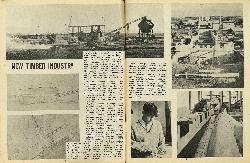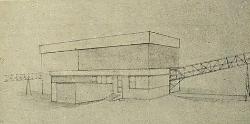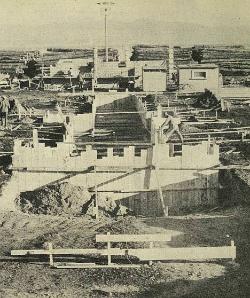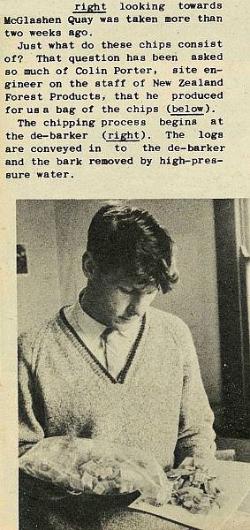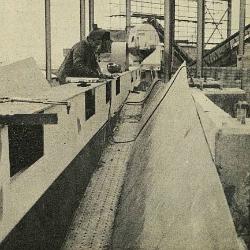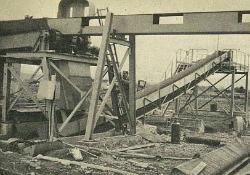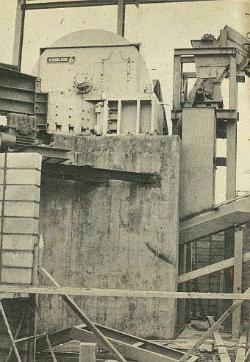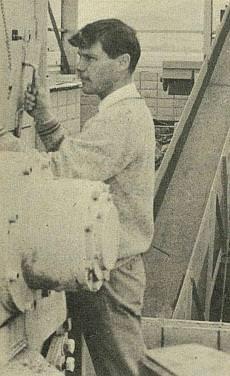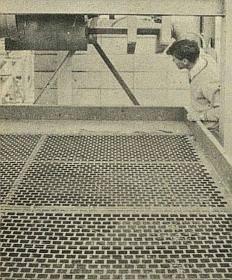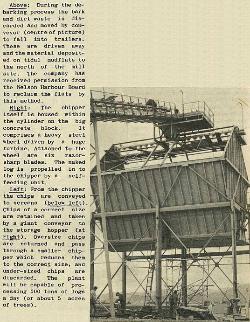8
New Timber Industry
Picture in your mind's eye a 200-acre forest of trees being loaded aboard an overseas freighter. "Ridiculous!" you say? Not at all. When the first shipment of pine chips from the chip mill of Nelson Pine Forests leaves Port Nelson in November, the holds will be crammed with the equivalent of 200 acres of pine trees. And that figure represents about 20,000 tons of logs that have been processed at the mill at Richmond.
With the erection of the mill now progressing rapidly, we felt it was time to take a look at Nelson's latest and most unusual industry. Chip-milling in New Zealand is not new, but the exportation of chips is unique in New Zealand. In fact, the Richmond mill is the only one in the southern hemisphere to chip for export.
The first scheduled shipment of the chips is set down for November 15, but the company hopes to be in production late next month or early in September. It is an industry which is expected to boost our overseas earnings by about $20-million in the next seven years, provided that sufficient timber comes forward for processing.
The picture above shows the mill under construction. Other pix in this feature will describe the various operations of the mill. At centre left is a sketch of the mill building when completed and, below left, a sketch showing the layout of the Port Nelson installation. Chips will be carted to the port by truck and stockpiled in the open. When about two acres of chips, to a height of about 25ft, have been stockpiled, they will be pushed back into a reclaim hopper and blown into the ship's hold through a pipeline to a 110 ft portable tower on the wharf (7). This tower will move alongside the ship so that each hold is filled gradually.
9
Work on the port installation is also progressing favourably. The picture at right looking towards McGlashen Quay was taken more than two weeks ago.
Just what do these chips consist of? That question has been asked so much of Colin Porter, site engineer on the staff of New Zealand Forest Products, that he produced for us a bag of the chips (below).
The chipping process begins at the de-barker (right). The logs are conveyed in to the de-barker and the bark removed by high-pressure water.
10
During the debarking process the bark and dirt waste is discarded and moved by conveyor (centre of picture) to fall into trailers. These are driven away and the material deposited on tidal mudflats to the north of the mill site. The company has received permission from the Nelson Harbour Board to reclaim the flats by this method.
The chipper itself is housed within the cylinder on the big-concrete block. It comprises a heavy steel wheel driven by a huge turbine. Attached to the wheel are six razor-sharp blades. The naked log is propelled in to the chipper by a self-feeding unit.
From the chipper the chips are conveyed to screens.
Chips of a correct size are retained and taken by a giant conveyor to the storage hopper.
Oversize chips are returned and pass through a smaller chipper which reduces them to the correct size, and under-sized chips are discarded. The plant will be capable of processing 500 tons of logs a day (or about 5 acres of trees).


